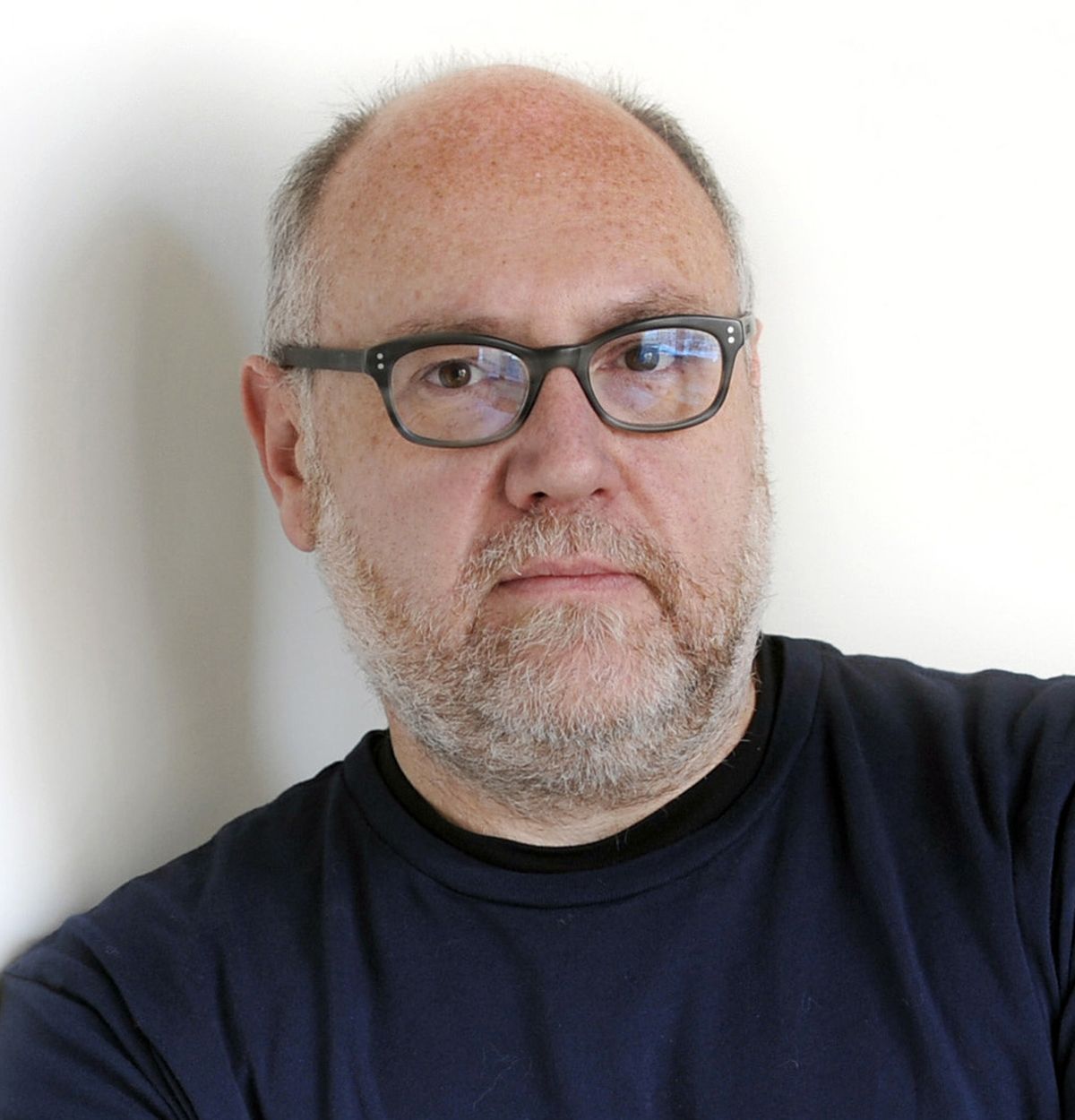This column reflects the opinion of the writer. Learn about the differences between a news story and an opinion column.
Shawn Vestal: ‘Bridge to Hookerville’ is a lazy, spiteful label for such a promising project

If only George McGrath could’ve been there to see it. The Bridge to Hookerville – McGrath’s dismissive and once controversial name for the University District pedestrian bridge – is coming our way, like it or not.
But it’s actually a bridge away from Hookerville – a pathway for the east end of downtown to outgrow the sad, outdated stereotypes that led to that nickname. A new economic analysis, performed for the U-District and other local agencies, points toward a completely different vision of that neighborhood, one that serves an expanding student and university population with stores and housing and restaurants and bars nearby.
You know. Like a college town.
A gaggle of public officials gathered Monday to celebrate the coming of the U-District bridge, the grand – perhaps grandiose – new public works project that will connect the U-District and East Sprague by spanning the railroad tracks that have divided that end of town like the Berlin Wall. Construction on the bridge is to begin in the spring, and be finished in 2018.
It will include a 120-foot architectural span that will be one of the largest, coolest features on the city skyline, and it comes as part of a multimillion-dollar series of investments planned in the next several decades.
It’s also been a burr under the saddle for the scolds and grumps who never saw a public works project they couldn’t demonize. The bridge is expensive, with a $12 million price tag due partly to the large arch with cable stays that will make it a visual centerpiece. Most of that money will come from state and federal sources, but when the City Council was considering a vote of support for the project earlier this year, it heard from lots of opponents like McGrath decrying the cost.
It was McGrath, the City Council’s weekly antagonist, who coined the most memorable insult for the bridge project: The Bridge to Hookerville. His refusal to stop using this term at council meetings, after Council President Ben Stuckart asked him to refrain because it was insulting to people who lived there, became a momentary rallying cry for the Eighth Man. Recall that the Eighth Man was a little burp of a conservative uprising in city politics, and some of its members would grumblingly attend council meetings and insult Stuckart under their breath.
The group saw the request to stop using the term as a dire abridgment of their constitutional rights. One man attended a council meeting and repeated “Bridge to Hookerville” over and over until his three minutes was up.
What the name really displayed was an outdated idea about East Sprague as only a haven for crime and prostitution. It has been partly that, of course. Serial killer Robert Yates picked up many of his victims there, prostitution and other crimes have been problems, and the image of that stretch of road has been persistent and persistently negative.
But it’s also always been more than that image – a neighborhood and business district that’s been evolving and improving. Police have targeted prostitution in the area for the past couple of years, and are seeing a significant drop in calls for service. The city is directing tens of millions of dollars toward East Sprague to support private investment, much as it did in the South Perry district. When the bridge connects thousands of students, faculty members and staffers from the Riverpoint campus to East Sprague, it’s bound to make a big difference.
This, at least, is the expectation of the group that performed the recent economic analysis. The report by Applied Development Economics was prepared for the University District, Downtown Spokane Partnership, and the Parking and Business Improvement District. It identified the East Sprague area surrounding the proposed south landing of the U-District bridge as one of three areas in downtown Spokane with “especially strong development potential.” Another such area is also linked to the U-District, along West Main Avenue.
College-aged people are the fastest-growing part of the city population, and are likely to be so going forward. Between 2009 and 2013, the report says, the population between 18 and 24 grew 38 percent. Next was the population above age 65, at 19 percent.
The growth in those two demographics indicates there will be a need for more smaller rental units around the U-District and downtown at large, as well as for entertainment and shopping targeting college students. The district especially offers opportunities for “adaptive re-use” developments, such as the planned mixed-use project at the Jensen-Byrd building.
Employment in the university district is projected to grow faster than the city at large, driven by jobs in education and health care, and the analysts say the U-District could fuel a pattern of future growth.
This is what the gaggle of officials were out there celebrating this week: a vision of the future, one that leaves the lazy old insults behind.
Shawn Vestal can be reached at (509) 459-5431 or shawnv@spokesman.com. Follow him on Twitter at @vestal13.
